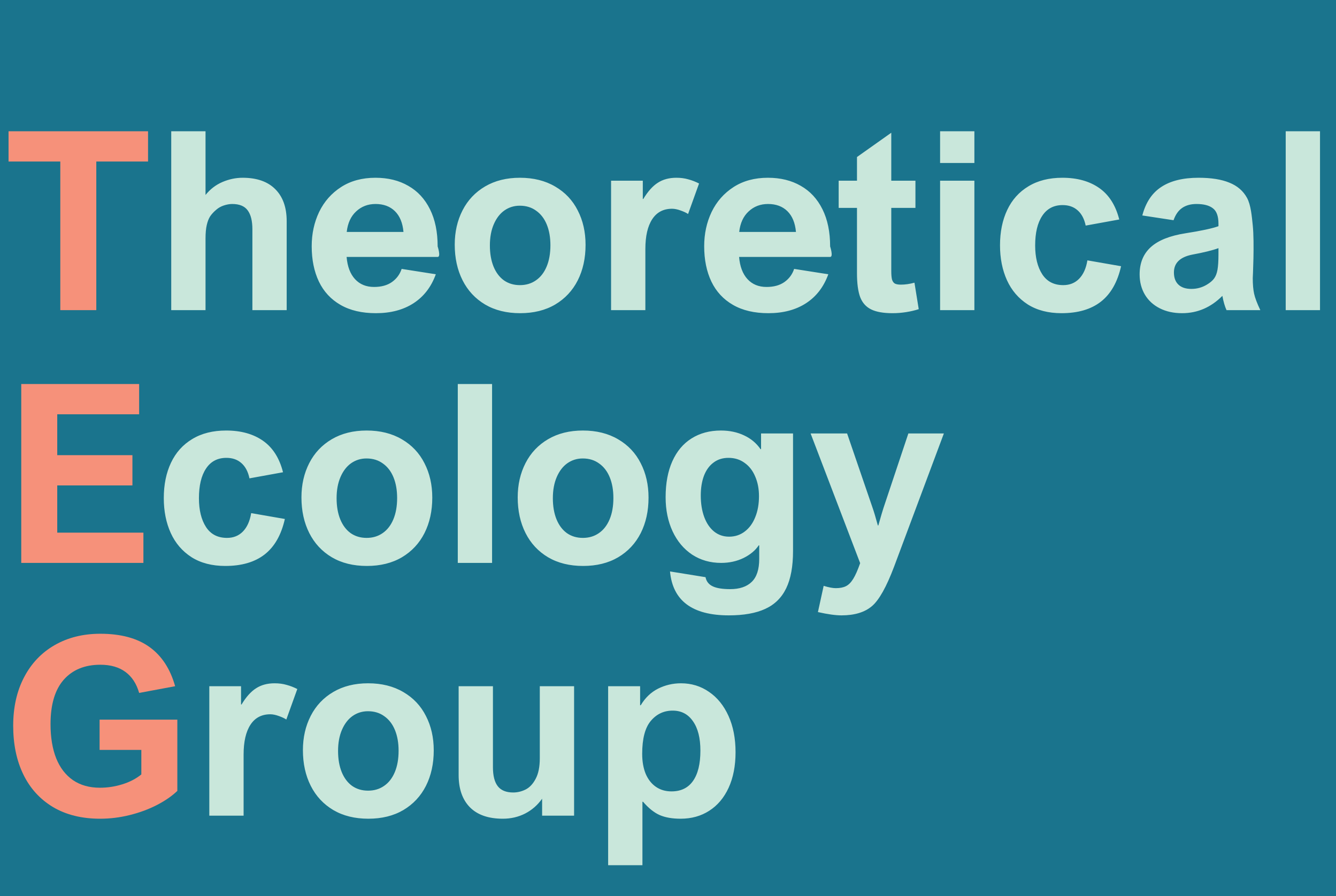



We define the emergence of population characteristics and evolutionary dynamics in the marine environment as a Big Question for marine sciencea and an area where we want to be an internationally visible contributor. Our core competence is the combination of general evolutionary forces on the organism and specific environmental forces in the pelagic. Our methodological philosophy is to combine explicit physical and biological mechanisms, operating at the level of individuals, with evolutionary thinking and modelling (often at the level of the population) to let patterns and predictions be emergent.
TEG traces its roots to activity of the group originated from an ecosystem oriented research program led by professor Ulf Lie in the 1970’s and 1980’s at the then Department of Marine Biology. The ambitious objective was to develop a predictive numerical model for the marine ecosystem and the growth and survival of a local herring stock in a landlocked fjord system Lindåspollene (Dahl et al. 1973). Several years later a simulation model of physical, chemical and some biological compartments (phytoplankton and zooplankton) was published (Aksnes & Lie 1990). However, the original ambitious objective of developing a ‘bottom-up’ population model of herring was not realised. Through this experience and another ecosystem oriented research program aiming for enhancement of a cod population it was realised that ‘the realism of spatially resolved models cannot evolve faster than the acquisition of knowledge about the mechanisms governing the spatial behaviour of the constituents’.
At this point it was decided to divide the research into two foci: 1) development of spatial explicit models of lower trophic levels (physical-chemical-phytoplankton state-variables) and 2) development of spatial explicit models for fish and plankton without coupling to the lower part of the food chain. The main rationale for this division was that i) physical oceanographic processes dominates the spatial movements of phytoplankton and nutrients, ii) the organisms themselves dominate the spatial movement of the zooplankton-fish and iii) we realised that dynamic coupling of lower and higher trophic levels is non-trivial. It is still not, ca. 30 years later. But the two research foci are still clearly visible in the Theoretical Ecology Group.
Currently, the research focuses on how processes at the level of individuals drive the dynamics of populations and communities. Our goal is to build a quantitative understanding of the basic functioning of marine ecosystems and how life in the ocean responds to physical and evolutionary forcing. Mechanistic models of essential processes at the level of individuals can be scaled up to populations to predict how environmental change affects ecological traits and patterns such as life history traits, behaviour, communities, and trophic interactions. To address and answer such questions, we have also devoted much effort into developing general modelling tools, especially for behavioural and life-history studies.
TEG is operating in a very fertile area between applied and basic science. We have deliberately chosen to focus our research towards economically important species such as North-East Arctic cod, herring and the copepod Calanus finmarchicus, but our research questions aim at a broad and general scientific audience. Our research often has important management implications, such as which fishing gear or practices will contribute more or less to fisheries-induced evolution. At the same time we have been focusing on development of new methods, for instance in developing a standard for presentations of individual-based models.
Our mechanistic models and long-term field work in Norwegian fjords have demonstrated how optical properties of the water can structure marine communities, a finding with bearing on how we understand the causes of eutrophication in regime-shifts from fish-dominated to jellyfish-dominated communities in fjords and oceans (Black Sea). We have also applied our modelling skills to aquaculture (mussel-farming). The broad perspective is also a productive and engaging process, not least for students and PhDs who have been absorbed to a large degree by e.g. the Institute of Marine Research (IMR) and other institutions with management responsibilities.
TEG now represents competence across the whole marine ecosystem, including oceanography, small-scale uptake of nutrients in algae, behaviour of zooplankton, marine ecosystem modelling, the ecology of larval fish, migratory and reproductive strategies of fish, and resource economics. In addition, we have recruited students and researchers from other disciplines, particularly ornithology, which is cross-fertilizing the marine focus with ideas and concepts from theoretical ecology and evolution. An example of this is our studies of mating behaviour and the application of the concept of capital and income-breeding to copepods. TEG also includes specialists in mathematics and computational science to strengthen our modelling capabilities.
The Theoretical Ecology Group (TEG) of the Department of Biology, University of Bergen, is located in the 3rd floor of Thormøhlensgate 53B.